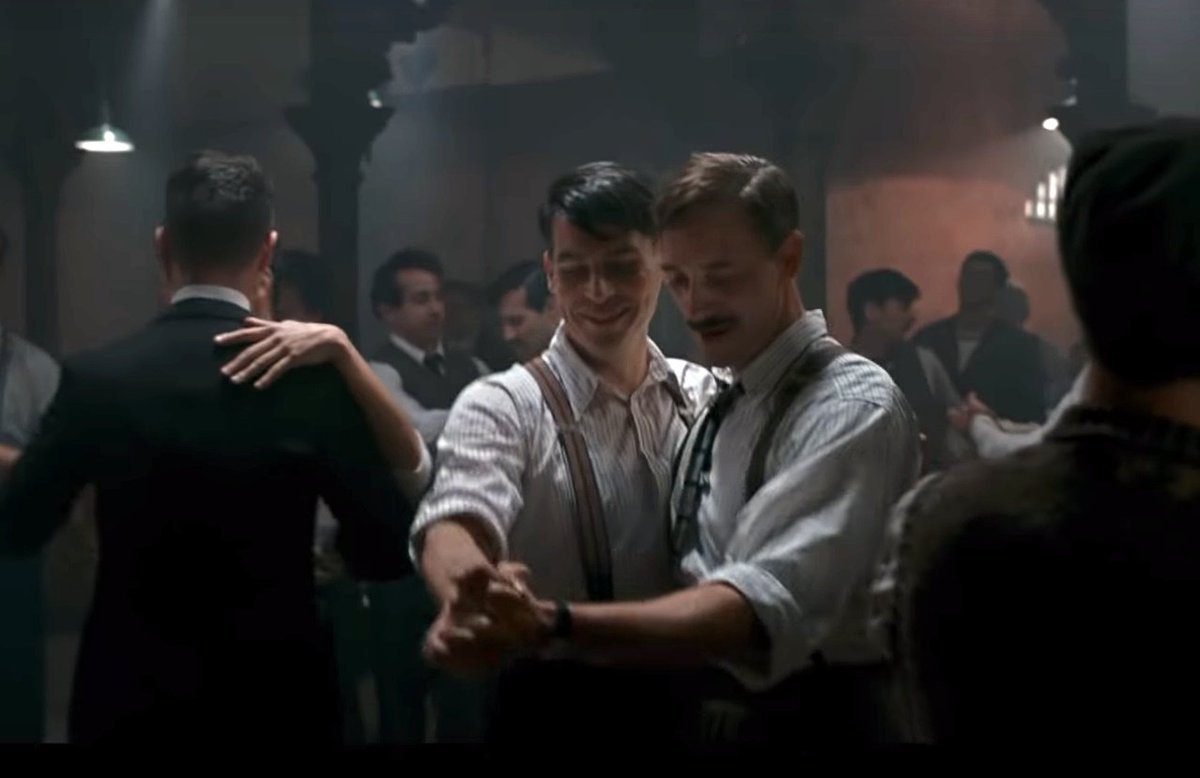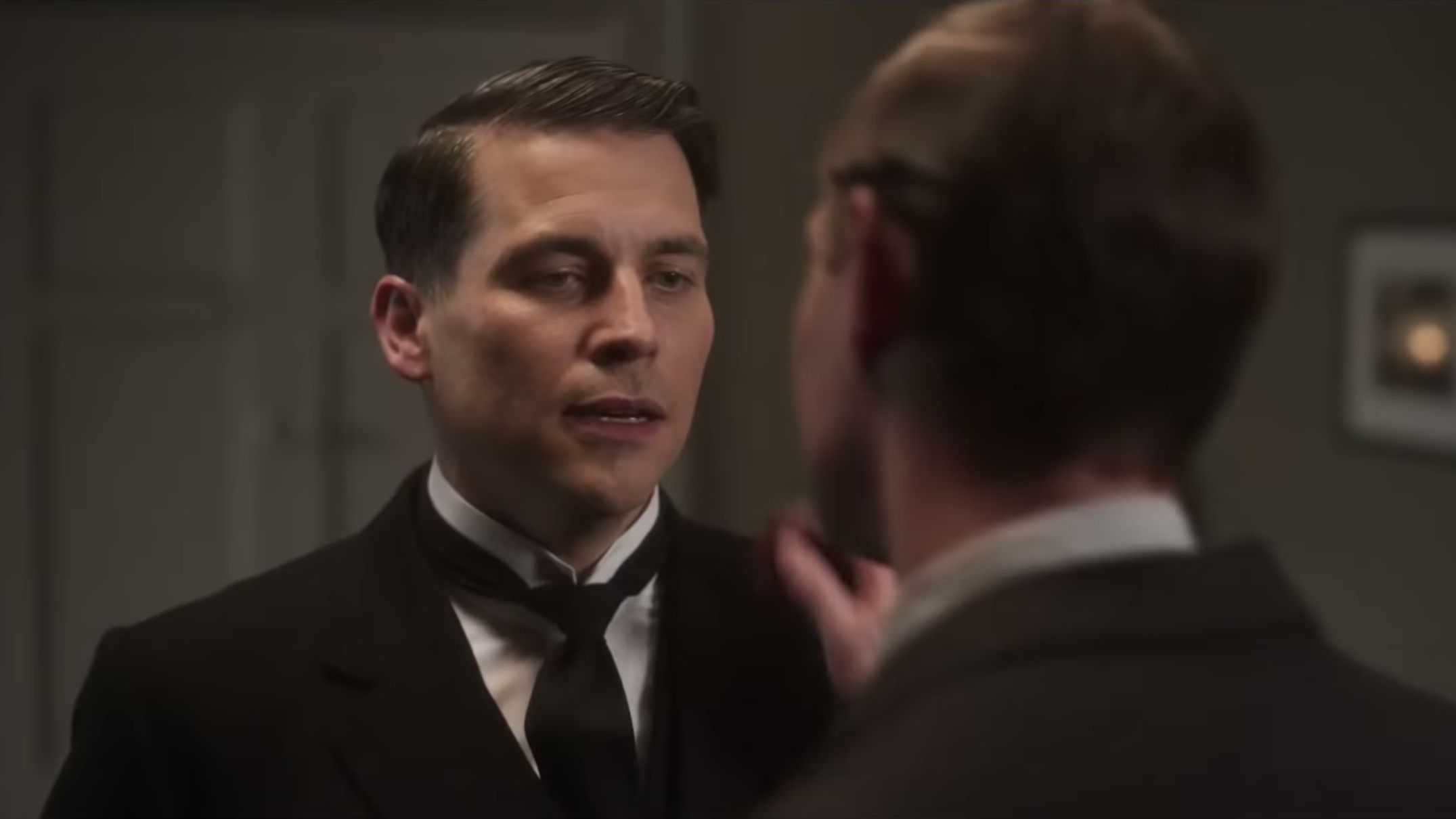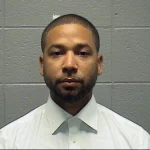Generation Black TV - Live
LGBTQ+ Representation on Television is at an All Time High But it Can’t Stop There
LGBTQ+ Representation in the Media Might be at an All-Time High But That Doesn’t Mean We Can Let up the Fight Now
Media watchdog group GLAAD recently released the findings from their annual ‘Where We Are On TV’ report, a deep-dive into diversity on primetime television, claiming that queer representation is currently at an all-time high. This is, of course, a major cause for celebration. However, as we begin to welcome the colourful rise of LGBTQ+ characters and trans and queer narratives onto our screens, it becomes very quickly evident that not all representation is created equal. With each LGBTQ+ representation win on television, we can find an equal and opposite failure, which is a vital concern when poor representation can do more harm than none at all.
Everybody’s favourite chaotic high-school drama, HBO’s Euphoria, has faced criticism for how it’s played into damaging queer tropes. The recently released second season explores the backstory of suburban husband by day, predatory low-life by night, Cal Jacobs. It is revealed to us, through flashbacks, that Cal had feelings for his high-school best friend Derek. Just as the pair realise their feelings were mutual, sharing an emotional kiss to ‘Never Tear Us Apart’ at an out-of-town gay bar, Cal finds out that his girlfriend is pregnant, and his chance to explore his sexuality is tragically cut short. The backstory is an attempt to humanise Cal, to give the audience a reason to empathise with him. Instead, it feels like we are witnessing an attempt to explain away his present-day behaviours, à la the infamous suppressed-queer-to-predator pipeline or the ‘homophobic homosexual’ trope.

LGBTQ+ Representation in Euphoria © HBO
Cal’s son Nate also falls victim to this trope. While it is never explicitly revealed whether or not he is actually queer, the show plants enough seeds to keep us guessing. As Nate spends much of his time terrorising others in the name of toxic masculinity, we are forced to connect the dots. Is this really another TV villain being coded as queer?
British historical drama series Outlander, which is about to release its 6th season on HBO, and Downton Abbey, are two further examples of harmful queer representation. Outlander’s most prominent and recurring villain is Captain Jack Randall, a sadist, a serial rapist and a queer man. Downton Abbey’s Thomas Barrow, the series’ most prolific gay character, also exhibits consistently predatory behaviours. Problematic representation such as this becomes even more disparaging once you realise that often, these are the only queer characters in the series. Is it too much to ask that if television writers are going to include queer villains that they include some queer heroes too?
Queer characters, just like any others, are complex. Queerness does not equal better. Queer people can be cruel, just as they can be kind. But too often, characters are portrayed with their queerness as the source of their villainous behaviour and their sexuality is used to excuse harmful acts. Through this, the message we’re receiving is that these characters are not villainous and queer but villainous because they’re queer. This is a dangerous narrative that desperately needs to be stamped out.

Downton Abbey LGBTQ+ Representation
Positive transgender representation is also incredibly important and something that has a monumental real-world impact. Representation leads to empathy, acceptance and understanding. But at the very least, it leads to the humanisation of transgender people, who, in the rare event they are represented at all, are consistently demonised and dehumanised. A 10-year study conducted by GLAAD from 2002-2012 found that if a television show was progressive enough to include a transgender character, 40% were portrayed as victims, and 21% as villains. These statistics are heartbreaking, and in a world where many people do not personally know an openly identifying trans person, they can have catastrophic consequences on our transgender community.
Frustratingly, anti-trans rhetoric is rampant in the British media, and recurring transgender characters are rare on British television. Beloved science fiction drama, BBC’s Doctor Who, has only included one transgender character in its thirteen seasons. Disappointingly, this character, Lady Cassandra, is not only a trans-coded villain, but she is also not even human but instead, just a brain in a jar, with a face of stretched skin held up by a frame. The series has, gratefully, added a transgender character to the Doctor Who universe, with trans actress Rebecca Root playing the role of Tania Bell, in a spin-off audio drama series, Stranded. Although, when transgender characters deserve to be seen and not just heard, this addition does not seem enough.

LGBTQ+ Representation in Euphoria © HBO
TikTok creators have also voiced their frustration at how Euphoria subtly expresses its own transphobia, especially surrounding the portrayal of Jules and her male love interests. While Jules is romantically involved with Rue, she’s also linked to several male characters, including Cal, Nate and Elliot. But after Elliot revealed he is sexually fluid, fans became frustrated. Since these three characters are queer or coded as such, it implies any man interested in a trans woman couldn’t possibly be straight.
Actress Hunter Schafer has notably played a huge role in the writing of her character Jules, bringing care, authenticity and depth to her portrayal. This is particularly evident in Jules’ ‘special episode’, which she co-wrote and co-produced. Euphoria’s creator, Sam Levinson, is a straight, white, cisgender man, and he is not an authority on the intricacies of the queer or the trans experience. And so, collaborations like this are more than necessary; they are vital for positive LGBTQ+ representation. We must allow queer and trans folks a seat at the table and a chance to tell their own story.
It takes care, compassion, nuance and the inclusion of queer and trans folks in every step of the production process to create impactful, respectful and unproblematic narratives.
Representation matters; anyone who’s different truly knows just how much. Everyone deserves to see themselves, their identities, realities, and hopeful possibilities for the future reflected through the media they consume. But, it is extremely difficult to tell stories about complex queer and trans lives adequately; no one will get it right all of the time. But, we must not let up the fight. We cannot become complacent with queer representation, and as viewers, we must actively participate in the media we consume. We have a responsibility to engage in the discourse surrounding this representation. As viewers, we must question and critique the narratives and the characters presented to us. The worlds we see on television will ultimately inform our own. And so, viewers must inspire creators to strive for better.


